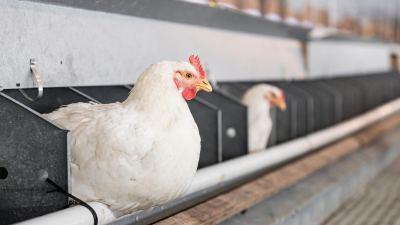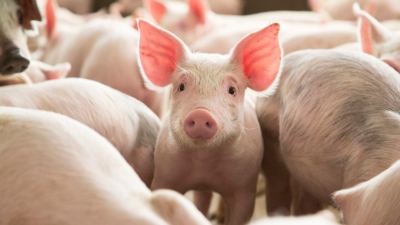What Should I Look For When Testing Silage?

Time to test your silage, what should you look out for to achieve maximum efficiency?
By Colm Duffy – Alltech On Farm Sales Support
Producing the highest possible quantity of milk from forage must become the priority for dairy farmers. Producing the highest quality forage available not only produces a feed that is ideal for ruminants, as they are fibre digesters, but has the potential to significantly reduce your winter feed costs. Looking ahead to the winter, it is important to get a sample taken from your silage pit and have it analysed to see what exact supplementary feed is needed.
The main components of silage to look out for are DMD (dry matter digestibility), dry matter, protein, ME (metabolisable energy) and pH.
DMD expresses in percentage terms, the digestible organic matter in the silage and is a measure, like ME, of the usable energy in the silage. Feeding 140kg of fresh silage that is 2.5 percent higher in DMD will allow a farmer to feed 1kg less of meal per cow per day.
Crude protein concentration directly reflects the quality of the grass at harvest with young, leafy grass giving high protein silage while older steamy grass produces low protein silage. The higher the protein in the grass silage, the less supplementary protein that needs to be provided.
ME is a measure of the usable energy in the silage. Young leafy grass can have a ME concentration greater 12 MJ/kg DM and this can drop to below 9 MJ/kg DM at the hay stage.
The dry matter concentration is the quantity of material remaining after all water has been removed from the silage. The trend in recent years has been towards higher dry matter silages through wilting and this can have a positive effect on the amount that animals will eat, however when silages are too dry they are more difficult to consolidate causing openness at the silage face resulting in mould growth and heating.
The pH is a measure of the acidity of the silage; it gives an indication of the fermentation quality and hence the ability of the silage to store. If the pH is too low there may be problems with reduced intake and the silage may need a buffer, however this is unusual in well preserved silages with dry matter greater than 20 percent. A high pH value indicates a poor fermentation in low dry matter silages but it is quite common to have a high pH in well preserved silages with higher dry matter concentrations.















